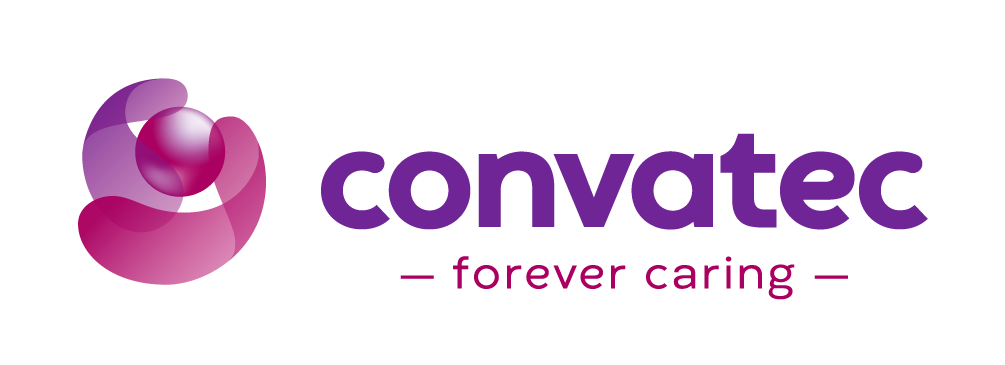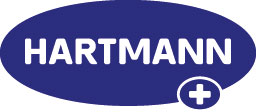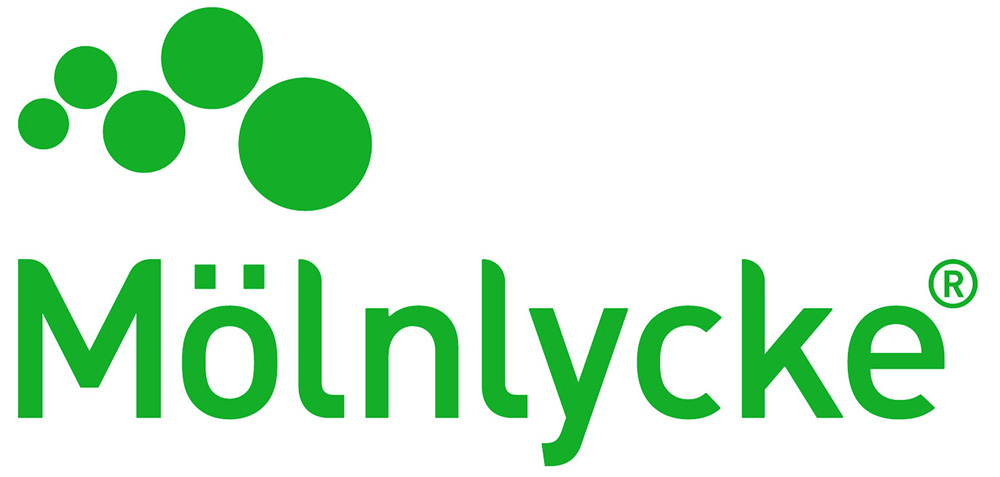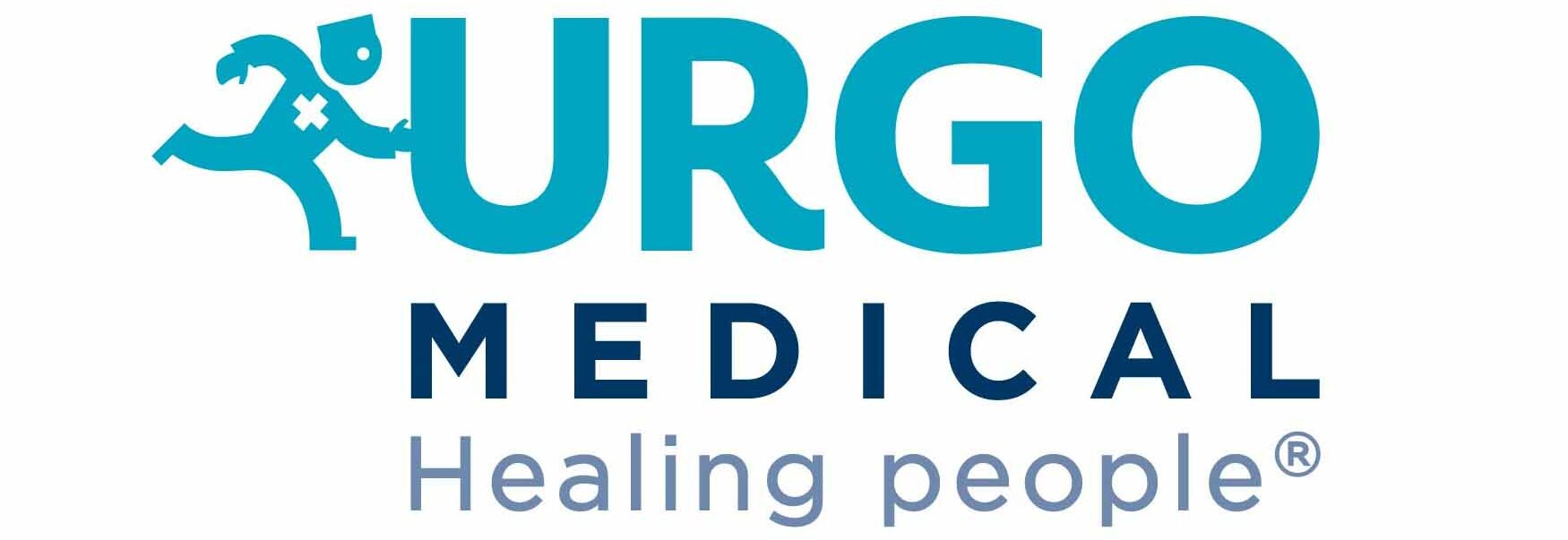Henrietta Konwea

Henrietta is a research fellow at the Academic Unit of Health Economics at the Leeds Institute of Health Sciences.
She specialises in the economic evaluation of healthcare interventions covering areas including diabetic foot ulcers, surgical wounds and abdominal infection.
Presentation at The Society of Tissue Viability 2025 Conference
MIDFUT: Multiple interventions for Diabetic Foot Ulcer Treatment Randomised Controlled Trial (RCT)
PRESENTATION WITH MYKA RANSOM
Objectives
This presentation would be of interest to Podiatrists, Tissue Viability Nurses, Medics, Physios, Health Scientists, and anyone with an interest in diabetic foot ulcer healing.
Learning points
- MIDFUT investigated effects of different combinations of hydrosurgical debridement, decellularised dermis, and negative pressure wound therapy versus treatment as usual in time to healing for diabetic foot ulcers
- None of these treatment strategy combinations showed any signal of a clinical benefit at 4 weeks post randomisation
- Further research is required on the use of 4 week healing as a surrogate marker for chronic wounds
Abstract
Background – Diabetic foot ulcers(DFUs) are a significant burden to patients and the NHS, with poor outcomes still being reported despite advances in treatment as usual(TAU). Earlier healing of DFUs improves patient outcomes and reduces treatment costs. The use of adjuvant therapy is limited by expense and lack of robust evidence. To determine the most efficient adjuvant therapy regimen, MIDFUT compared four treatment strategies comprising combinations of hydrosurgical debridement(HD), negative pressure wound therapy(NPWT), and decellularised cadaveric dermis(DCD) graft to TAU alone: HD, HD+NPWT, HD+DCD, HD+DCD+NPWT.
Methods – MIDFUT was a multicentre, seamless Phase II/III, open, parallel, adaptive multi-arm multi-stage RCT with planned “drop-the-losers” interim analysis at 4 weeks to select best treatment strategies to be definitively evaluated up to 52 weeks post-randomisation.
Summary / major findings – The HD+NPWT strategy was deemed less clinically meaningful in practice – for efficiency, recruitment to that arm ceased early. Then the adaptive design element was removed in response to pandemic recruitment challenges, and trial delivery focussed on Phase II objectives. At 4 weeks no treatment arm signalled clinical benefit. A higher proportion of participants in HD+DCD+NPWT experienced treatment-strategy related adverse events(17.5%) compared to HD(4.9%) and HD+DCD(7.3%).
Conclusion / key messages – The Phase II analysis did not uncover any clinical signal to justify taking any of the treatment strategies forwards for definitive evaluation. The utility of 4-week healing as a surrogate marker of healing in chronic DFU trials warrants further investigation.














